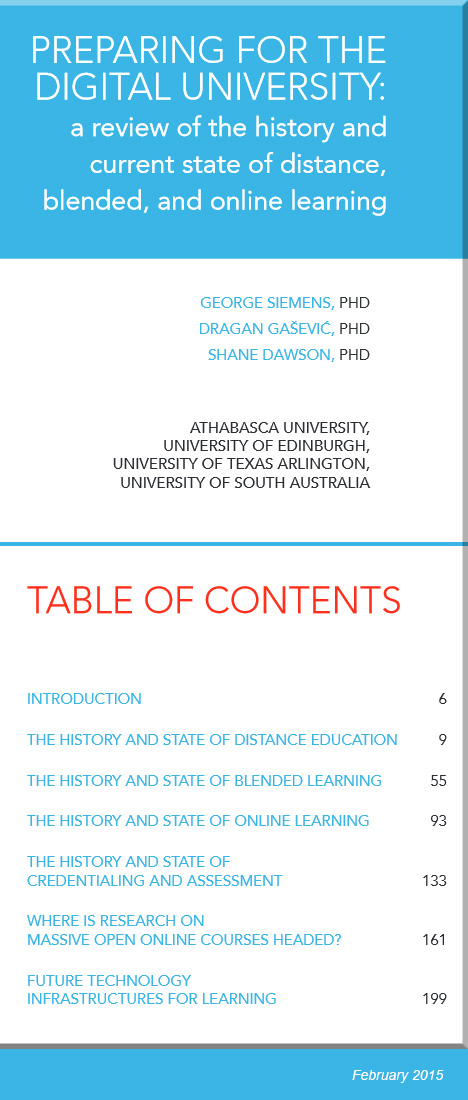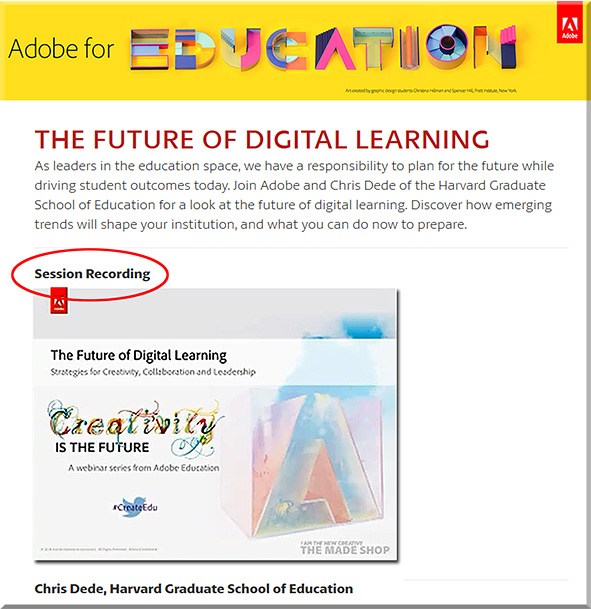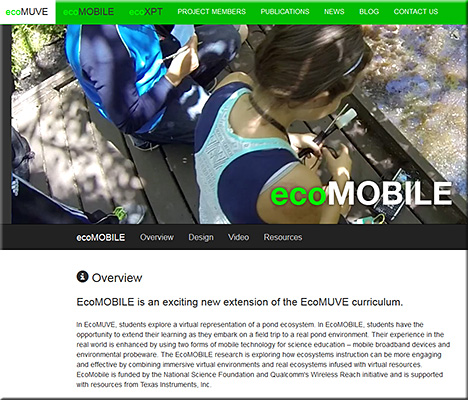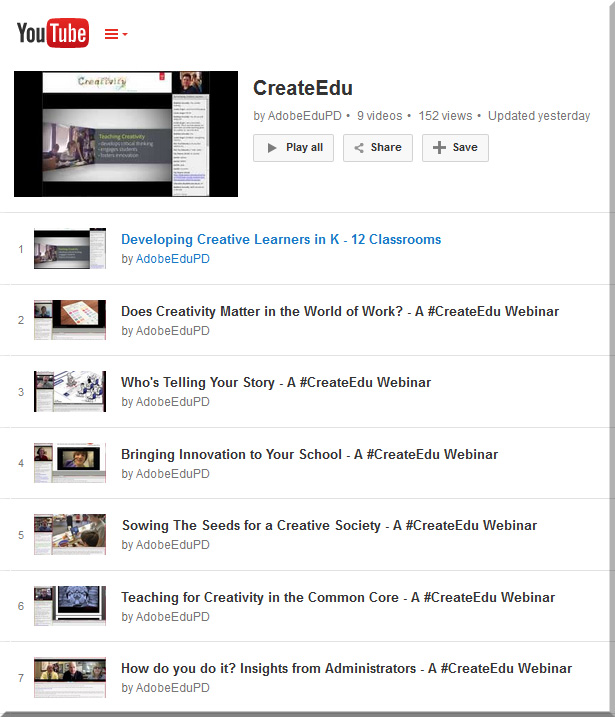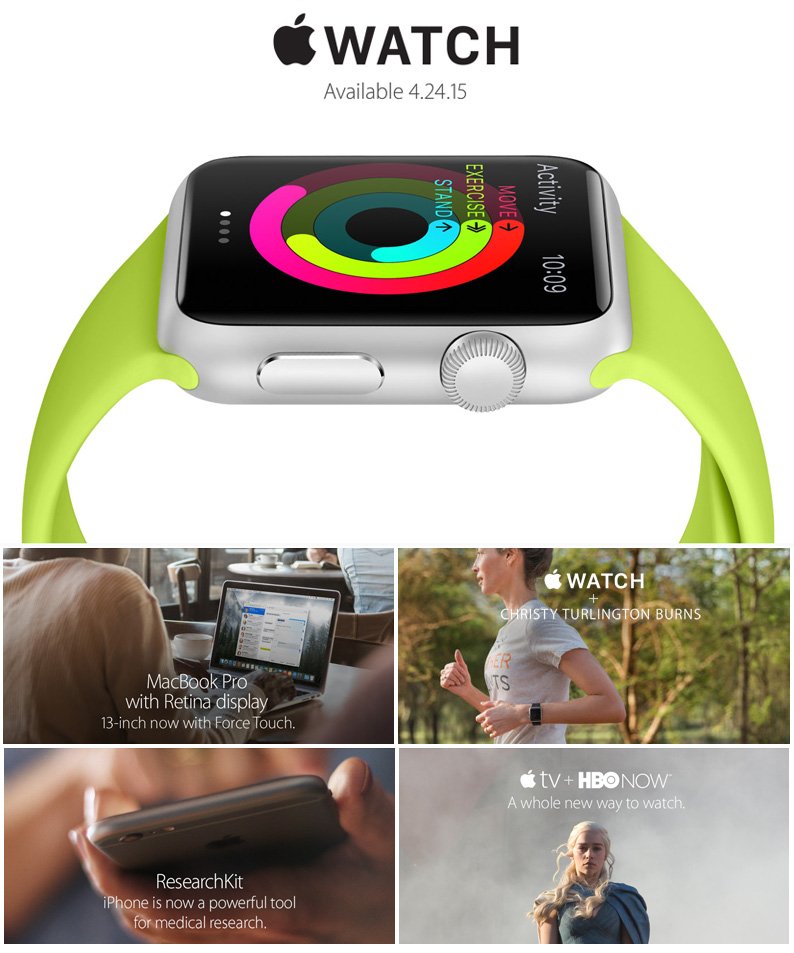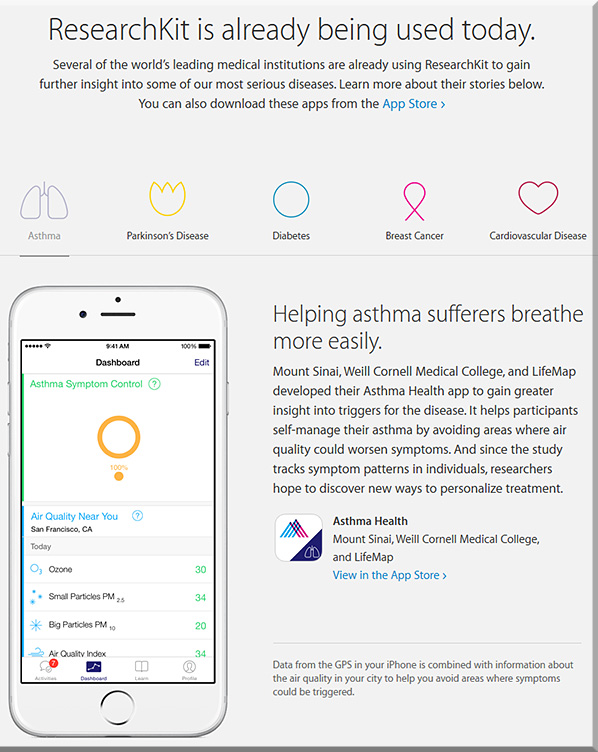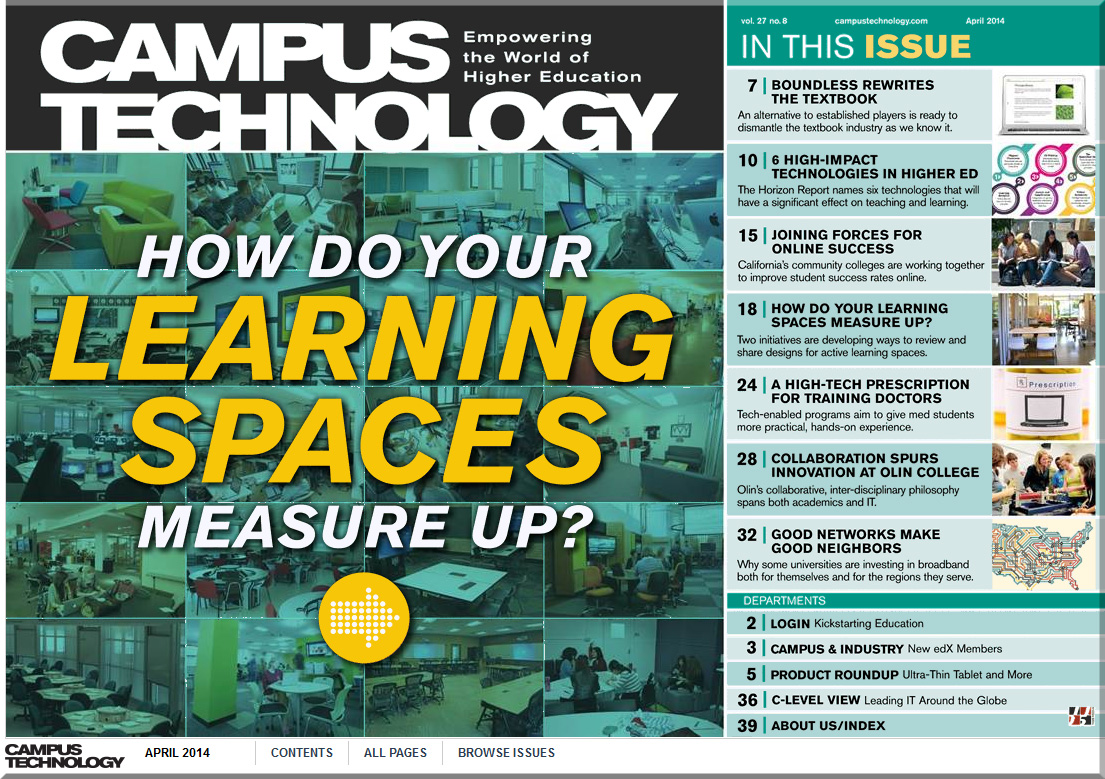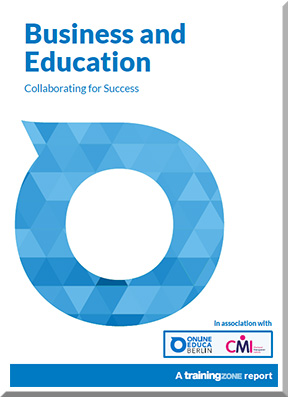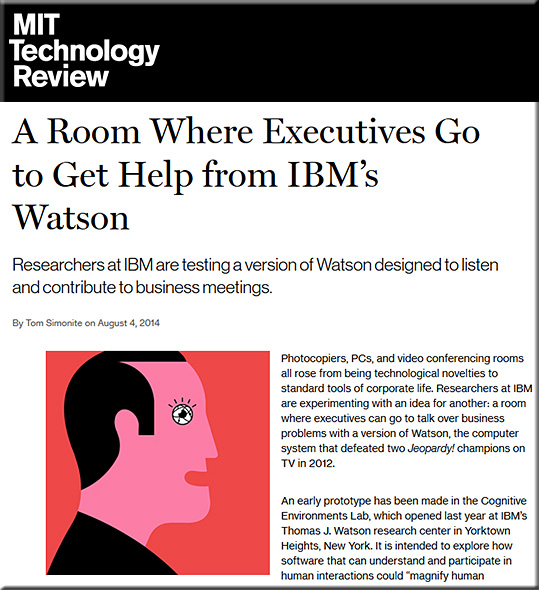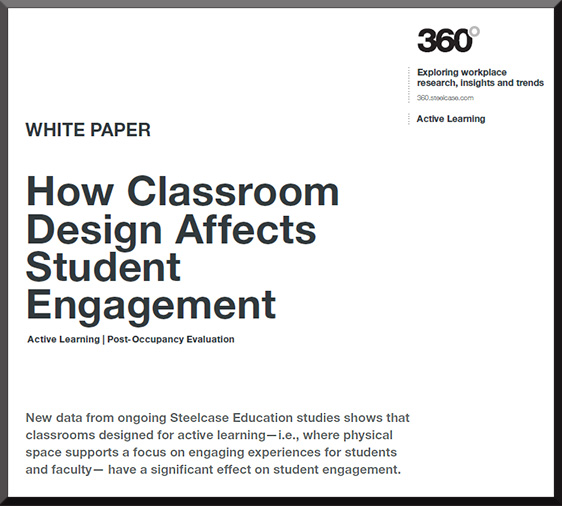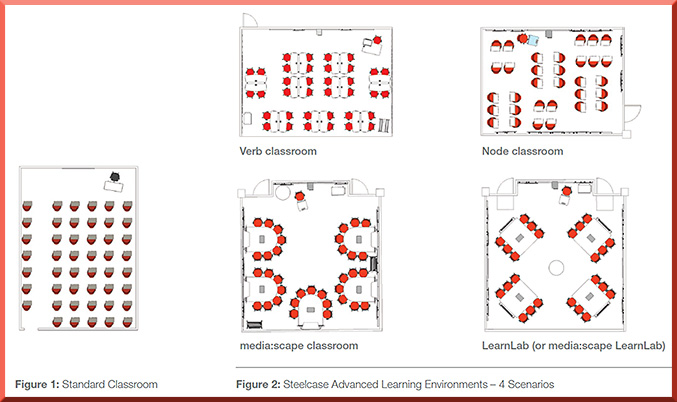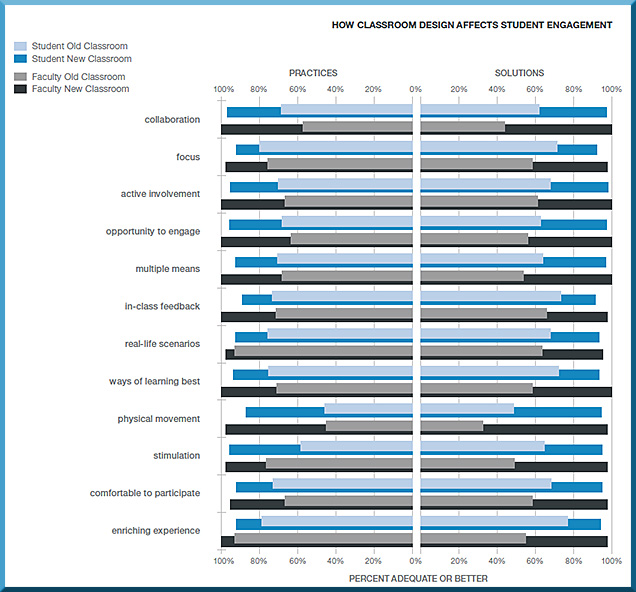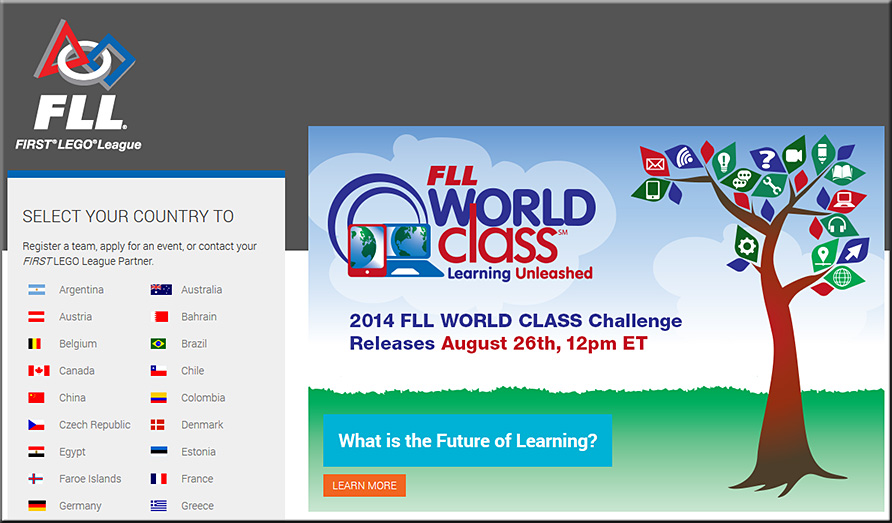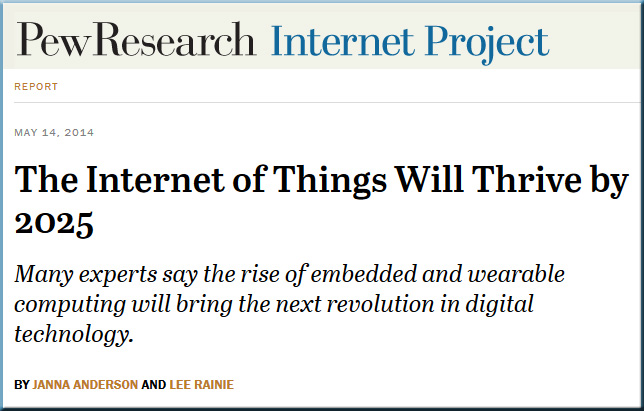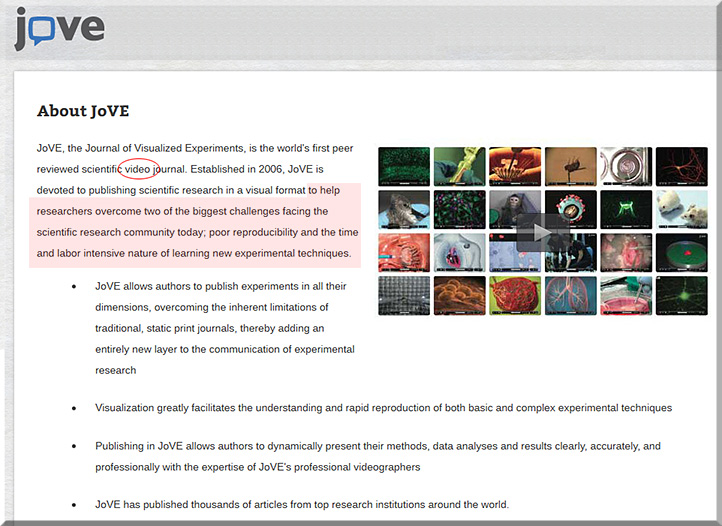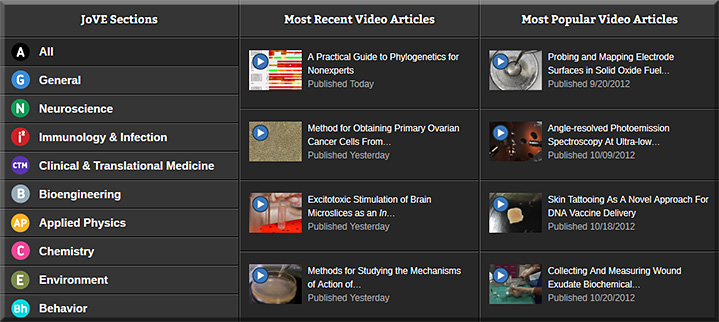Excerpt:
It is our intent that these reports will serve to introduce academics, administrators, and students to the rich history of technology in education with a particular emphasis of the importance of the human factors: social interaction, well-designed learning experiences, participatory pedagogy, supportive teaching presence, and effective techniques for using technology to support learning.
The world is digitizing and higher education is not immune to this transition. The trend is well underway and seems to be accelerating as top universities create departments and senior leadership positions to explore processes of innovation within the academy. It is our somewhat axiomatic assessment that in order to understand how we should design and develop learning for the future, we need to first take a look at what we already know. Any scientific enterprise that runs forward on only new technology, ignoring the landscape of existing knowledge, will be sub-optimal and likely fail. To build a strong future of digital learning in the academy, we must first take stock of what we know and what has been well researched.
During the process of completing this report, it became clear to us that a society or academic organization is required to facilitate the advancement and adoption of digital learning research. Important areas in need of exploration include faculty development, organizational change, innovative practices and new institutional models, effectiveness of teaching and learning activities, the student experience, increasing success for all students, and state and provincial policies, strategies, and funding models. To address this need, we invite interested academics, administrators, government and industry to contact us to discuss the formation of an organization to advocate for a collaborative and research informed approach to digital learning.
February 2015
George Siemens
Dragan Gasevic
Shane Dawson









